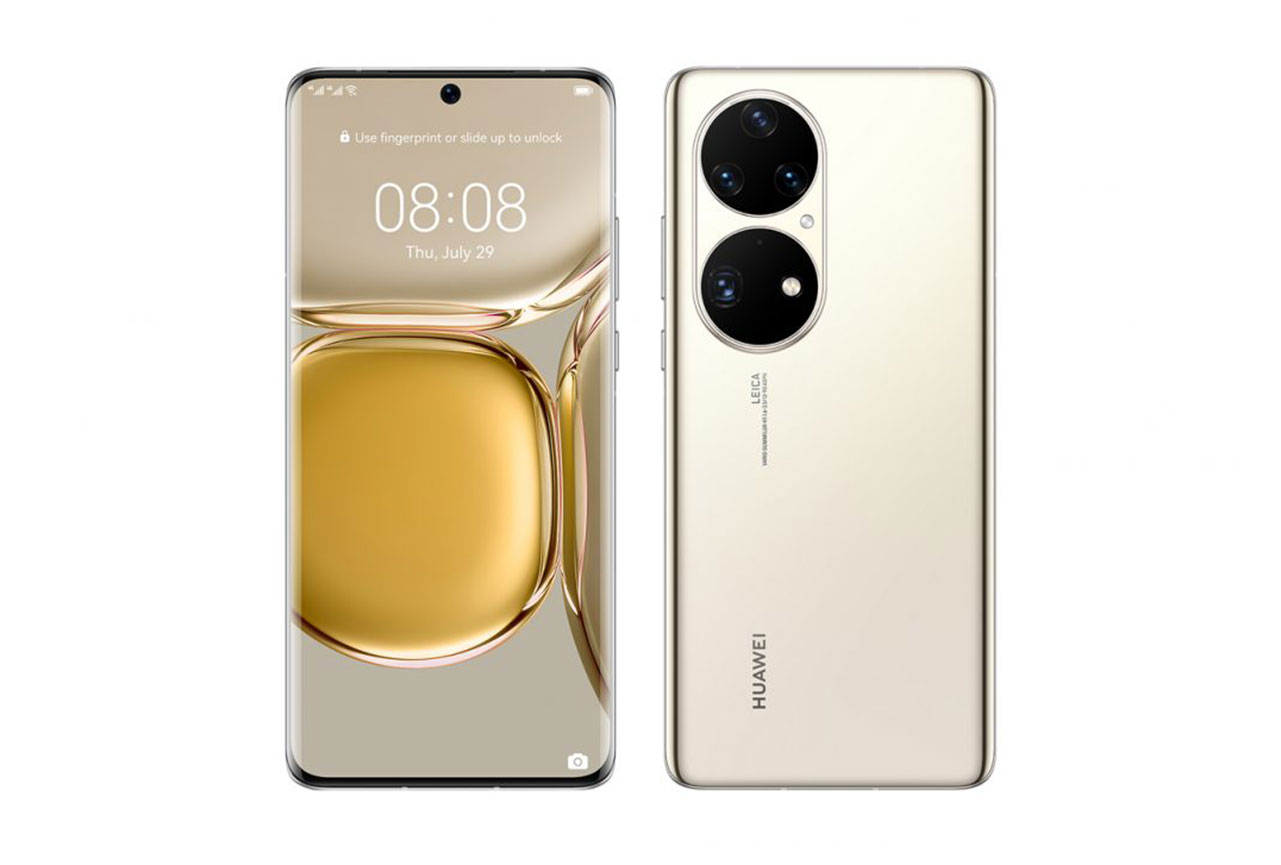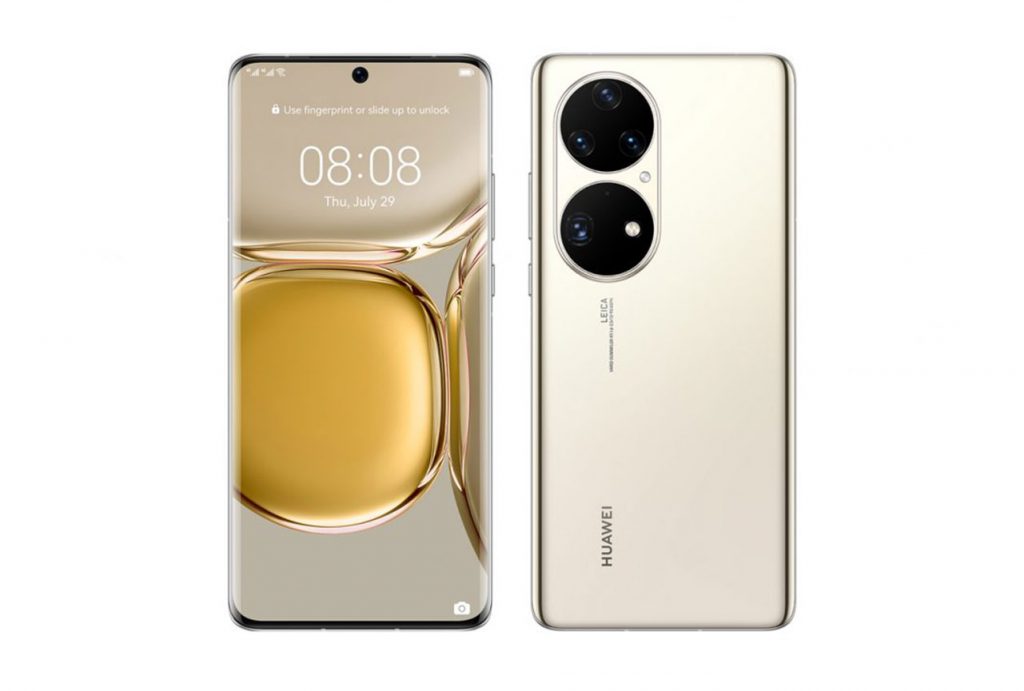We put the Huawei P50 Pro through our rigorous DXOMARK Battery test suite to measure its performance in autonomy, charging and efficiency. In these test results, we will break down how it fared in a variety of tests and several common use cases.
Overview
Key specifications:
- Battery capacity: 4360 mAh
- 66W charger (not included)
- 6.6-inch, 2700 x 1228, 120 Hz OLED display
- Kirin 9000 chipset
- Tested ROM / RAM combination: 256 GB + 8 GB
Scoring
Sub-scores and attributes included in the calculations of the global score.

Huawei P50 Pro


Key performances
These key points are derived from the lab measurements during testing and do not figure into the overall score. The lab measurements, however, are used for the overall score.
 85th
85th
 20th
20th
Pros
- Decent autonomy (2.5 days in moderate use)
- Charges 80% in only 30 min, and 56% in 30 min with wireless charger
- Best gaming performance in this price range
- Above-average charge efficiency
Cons
- High discharge current when streaming video over Wi-Fi
The Huawei P50 Pro is a very well-balanced device, offering impressive specs and decent autonomy of 2.5 days. The phone also provided the best gaming experience for an ultra-premium device. The Huawei P50 Pro battery charging experience was also a major strong point, whether powering up wired or wirelessly. All those factors, along with a decent charge efficiency, helped place the Huawei P50 Pro into the No. 2 spot of our ultra-premium ranking
Test Summary
About DXOMARK Battery tests: For scoring and analysis in our smartphone battery reviews, DXOMARK engineers perform a variety of objective tests over a week-long period both indoors and outdoors. (See our introductory and how we test articles for more details about our smartphone Battery protocol.)
The following section gathers key elements of our exhaustive tests and analyses performed in DXOMARK laboratories. Detailed performance evaluations under the form of reports are available upon request. Do not hesitate to contact us.
The table below shows the battery capacity, tested charger, display type and resolution, and processor specifications for the comparison devices.
| Battery | Charger | Wireless | Display | Processor | |
|---|---|---|---|---|---|
| Huawei P50 Pro | 4360mAh | 66W (not included) |
50W | OLED 1228 x 2700 |
HiSilicon Kirin 9000 |
| Apple iPhone 13 Pro Max | 4352mAh | 20W (not included) |
15W | OLED 1284 x 2778 |
Apple A15 Bionic |
| Xiaomi Mi 11 Ultra | 5000mAh | 67W (included) |
67W | OLED 1440 x 3200 |
Qualcomm Snapdragon 888 5G |
Autonomy
Huawei P50 Pro
197
Autonomy score is composed of three performance sub-scores: Stationary, On the go, and Calibrated use cases. Each sub-score comprises the results of a comprehensive range of tests for measuring autonomy in all kinds of real-life scenarios.
Battery Life (moderate)
 130th
130th
Battery Life (moderate)
 29th
29th

Home/Office
Huawei P50 Pro
221
A robot housed in a Faraday cage performs a set of touch-based user actions during what we call our “typical usage scenario” (TUS) — making calls, video streaming, etc. — 4 hours of active use over the course of a 16-hour period, plus 8 hours of “sleep.” The robot repeats this set of actions every day until the device runs out of power.

On the go
Huawei P50 Pro
195
Using a smartphone on the go takes a toll on autonomy because of extra “hidden” demands, such as the continuous signaling associated with cellphone network selection, for example. DXOMARK Battery experts take the phone outdoors and perform a precisely defined set of activities while following the same three-hour travel itinerary (walking, taking the bus, the subway…) for each device

Calibrated
Huawei P50 Pro
198
For this series of tests, the smartphone returns to the Faraday cage and our robots repeatedly perform actions linked to one specific use case (such as gaming, video streaming, etc.) at a time. Starting from an 80% charge, all devices are tested until they have expended at least 5% of their battery power.
Charging
Huawei P50 Pro
218
Charging is fully part of the overall battery experience. In some situations where autonomy is at a minimum, knowing how fast you can charge becomes a concern. The DXOMARK Battery charging score is composed of two sub-scores, (1) Full charge and (2) Quick boost.

Full charge
Huawei P50 Pro
224
Full charge tests assess the reliability of the battery power gauge; measure how long and how much power the battery takes to charge from zero to 80% capacity, from 80 to 100% as shown by the UI, and until an actual full charge.
Two charts here below illustrate the full charge performance of the smartphone: (1) The charging curves, in wired and wireless (if available) showing the evolution of the battery level indicator as well as the power consumption in watts during the stages of charging toward full capacity.
(2) The time to full charge chart breaks down the necessary time to reach 80%, 100% and full charge.
The charging curves, in wired and wireless (if available) showing the evolution of the battery level indicator as well as the power consumption in watts during the stages of charging toward full capacity.
The time to full charge chart breaks down the necessary time to reach 80%, 100% and full charge.

Quick boost
Huawei P50 Pro
212
With the phone at different charge levels (20%, 40%, 60%, 80%), Quick boost tests measure the amount of charge the battery receives after being plugged in for 5 minutes. The chart here compares the average autonomy gain from a quick 5-minute charge.
Efficiency
Huawei P50 Pro
154
The DXOMARK power efficiency score consists of two sub-scores, Charge up and Discharge rate, both of which combine data obtained during robot-based typical usage scenario, calibrated tests and charging evaluation, taking into consideration the device’s battery capacity. DXOMARK calculate the annual power consumption of the product, shown on below graph, which is representative of the overall efficiency during a charge and when in use.

Charge up
Huawei P50 Pro
205
The charge up sub-score is a combination of four factors: the overall efficiency of a full charge, related to how much energy you need to fill up the battery compared to the energy that the battery can provide; the efficiency of the travel adapter when it comes to transferring power from an outlet to your phone; the residual consumption when your phone is fully charged and still plugged into the charger; and the residual consumption of the charger itself, when the smartphone is disconnected from it. The chart here below shows the overall efficiency of a full charge in %.

Discharge
Huawei P50 Pro
194
The discharge subscore rates the speed of a battery’s discharge during a test, which is independent of the battery’s capacity. It is the ratio of a battery’s capacity divided by its autonomy. A small-capacity battery could have the same autonomy as a large-capacity battery, indicating that the device is well-optimized, with a low discharge rate.



DXOMARK encourages its readers to share comments on the articles. To read or post comments, Disqus cookies are required. Change your Cookies Preferences and read more about our Comment Policy.